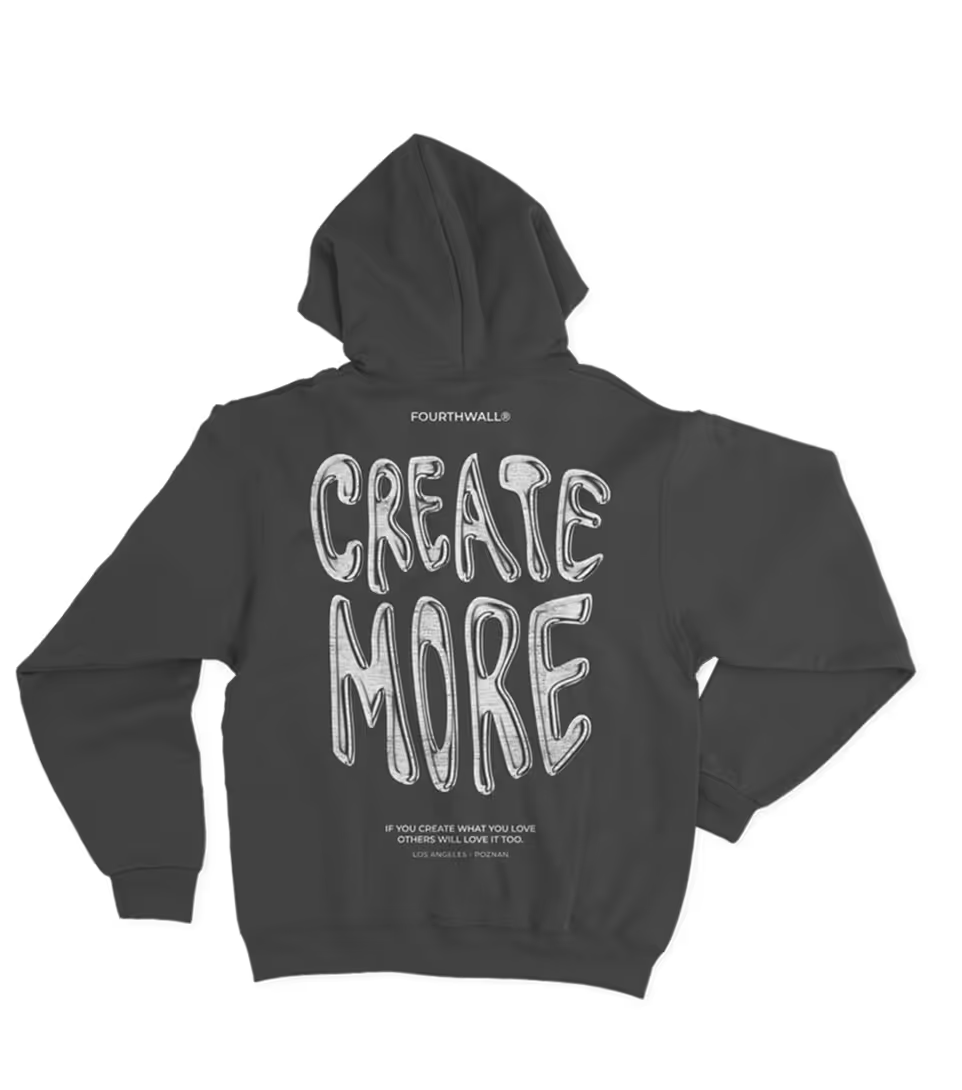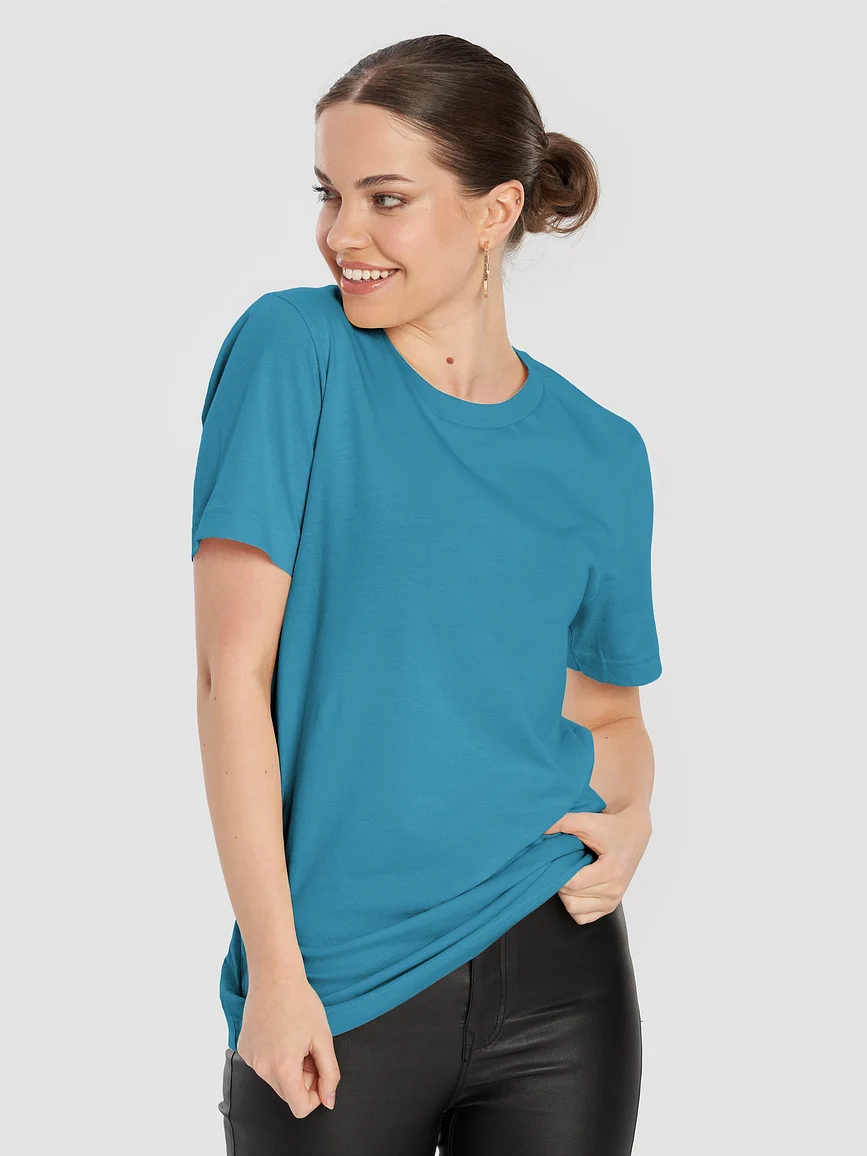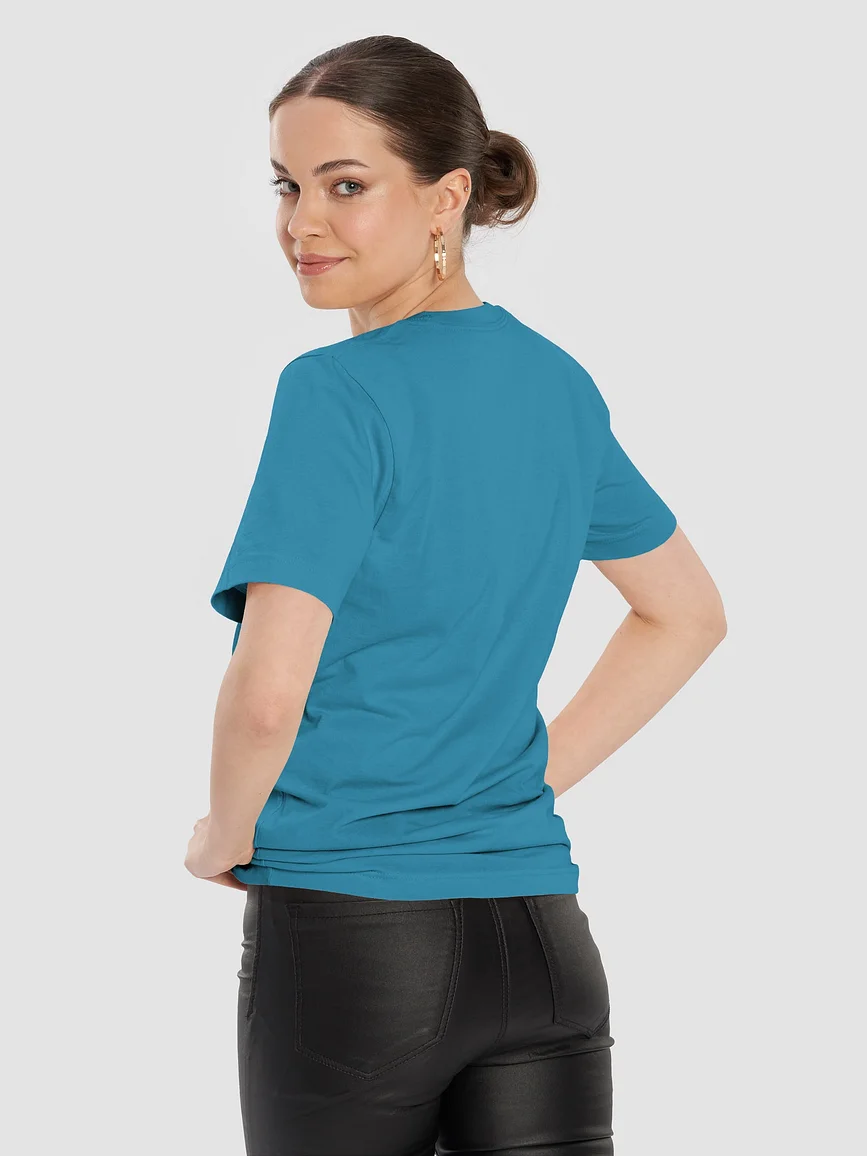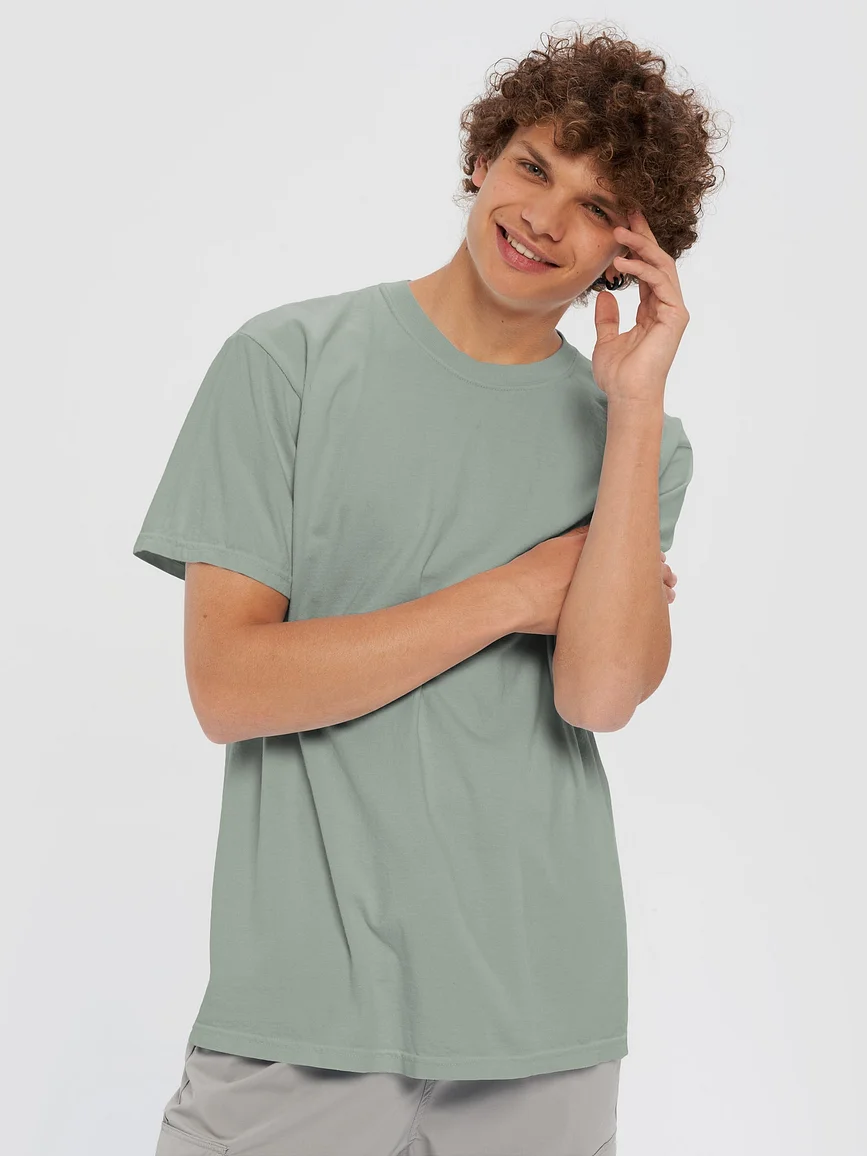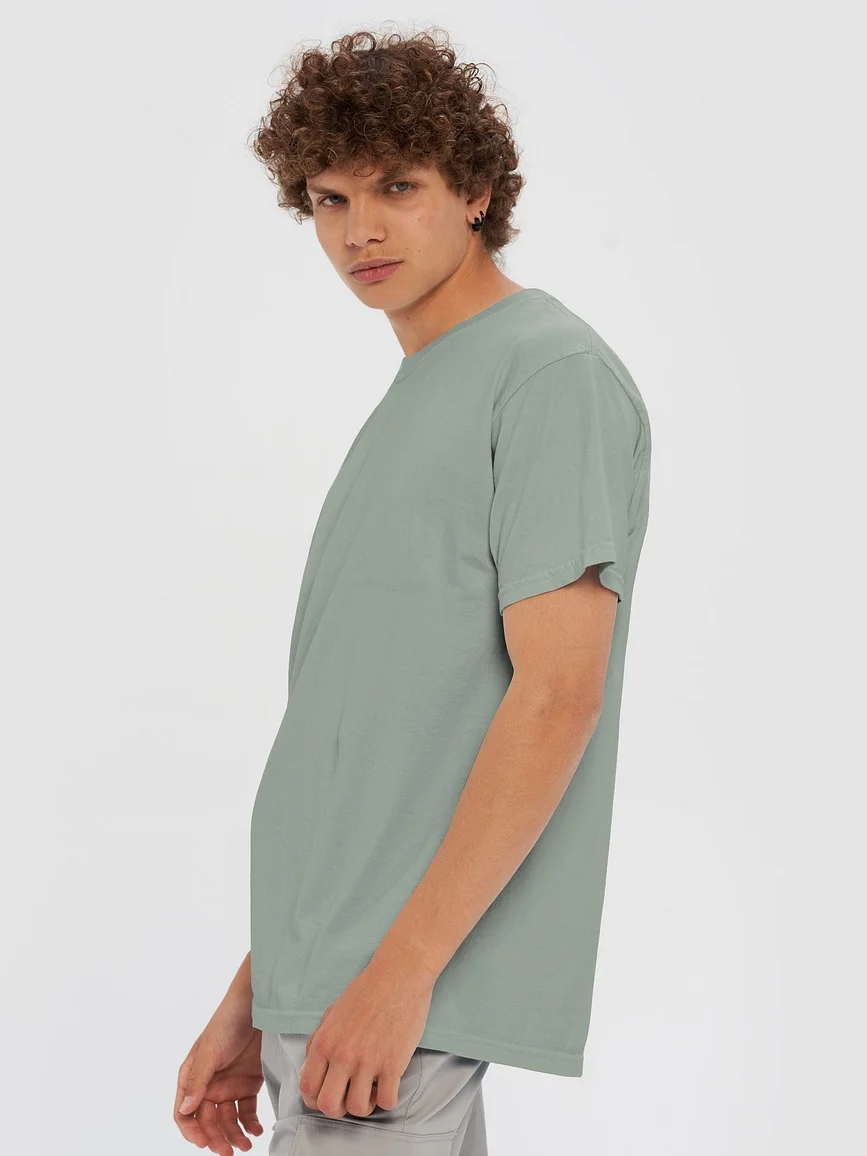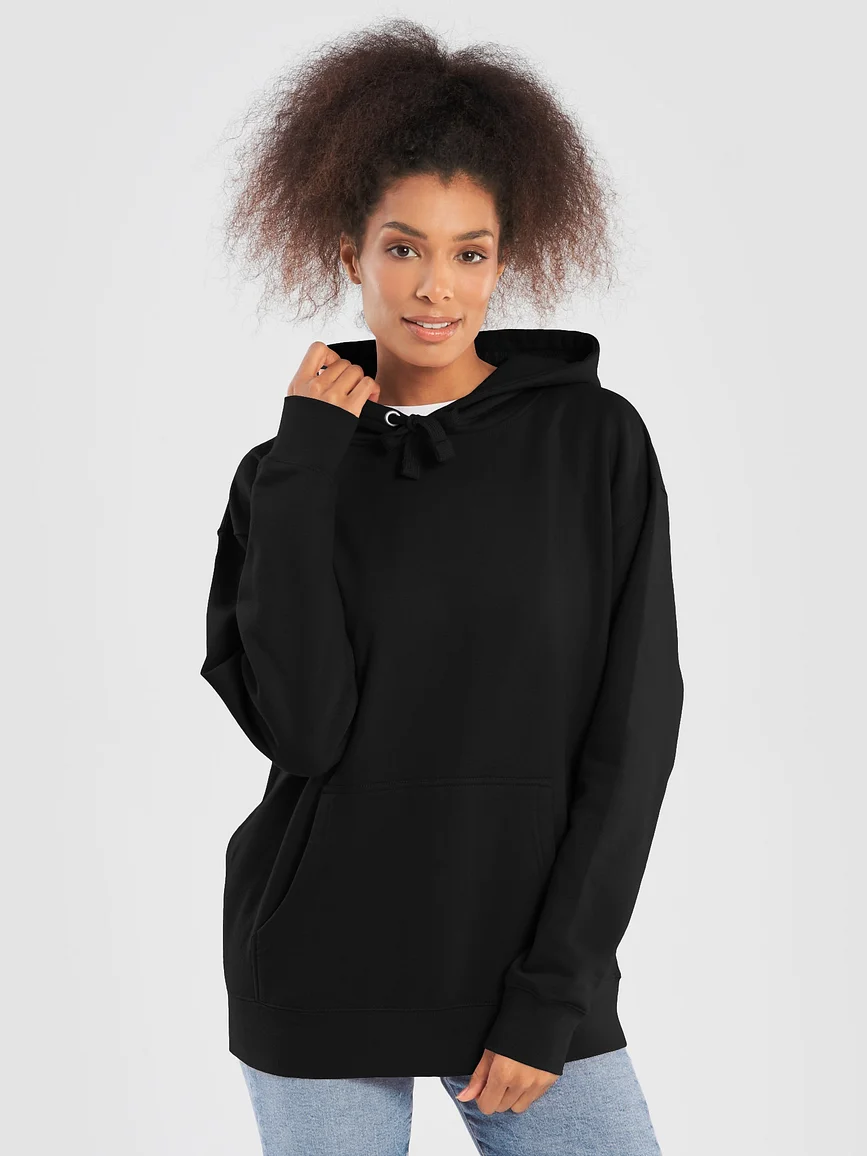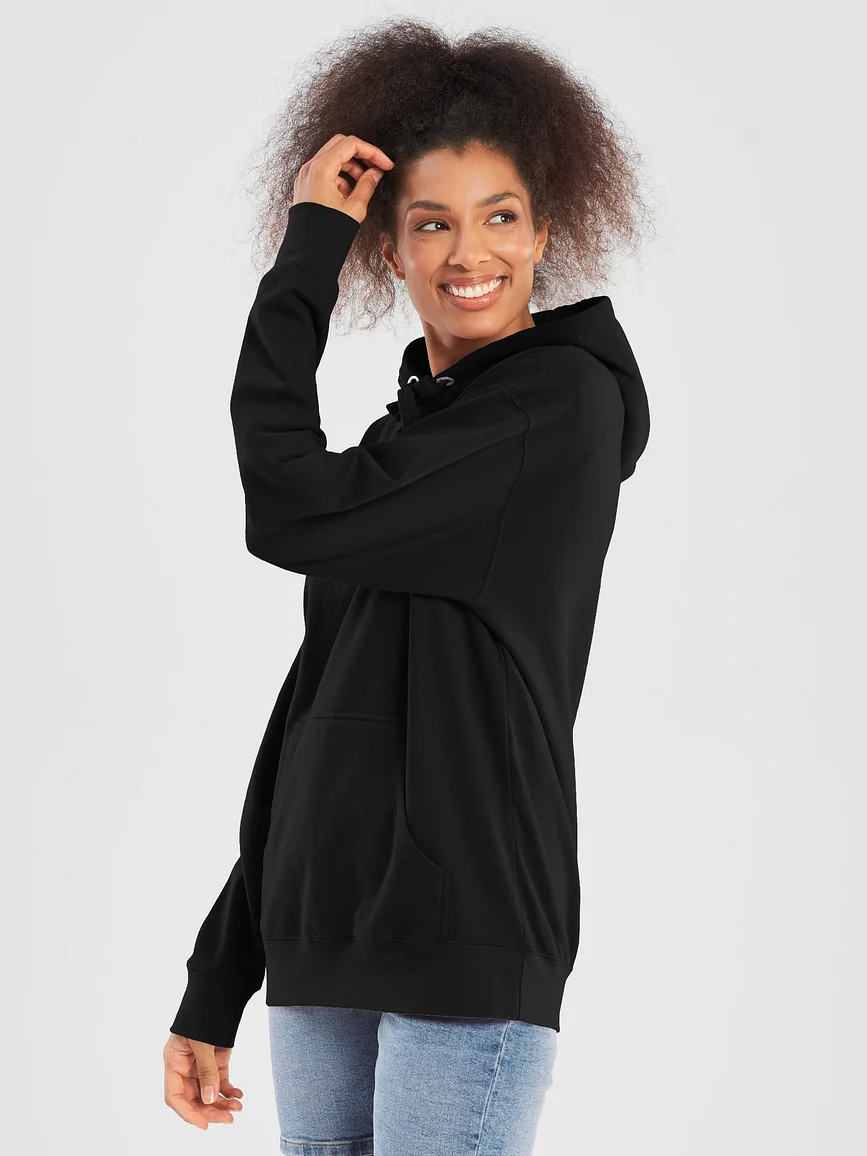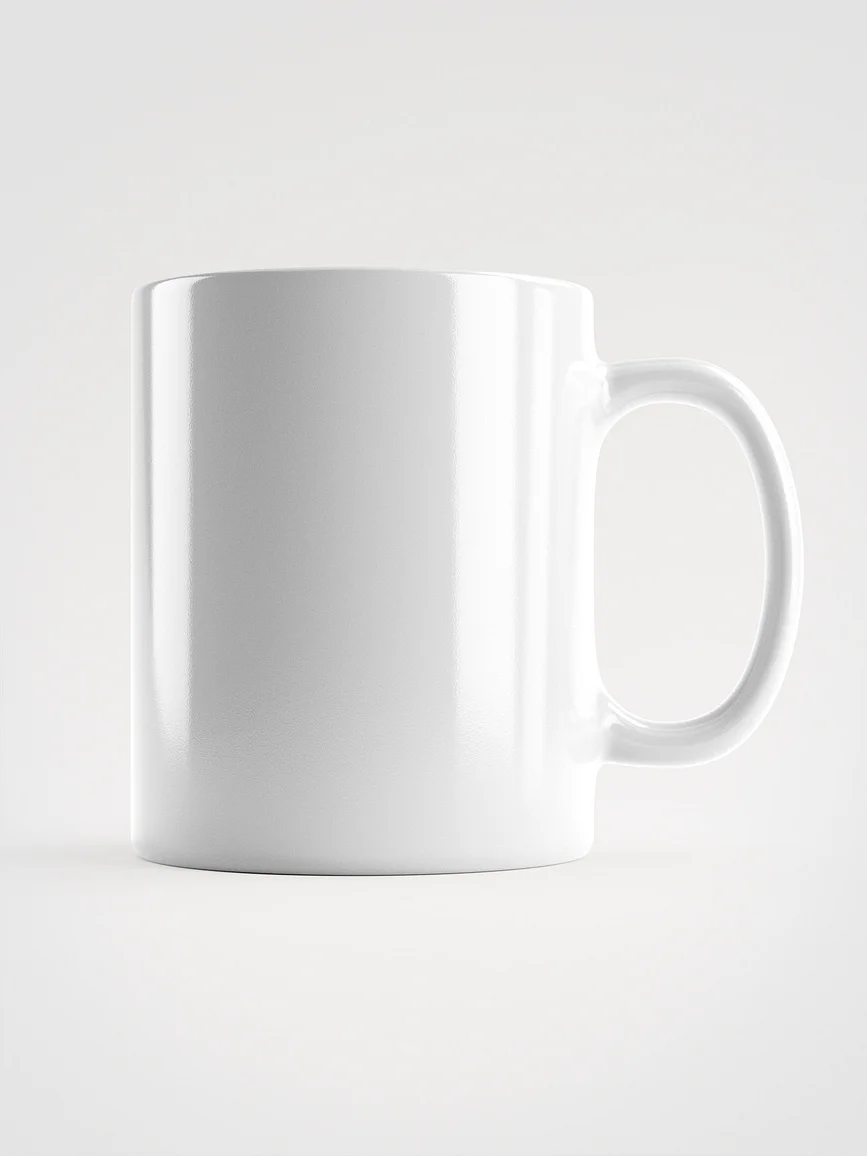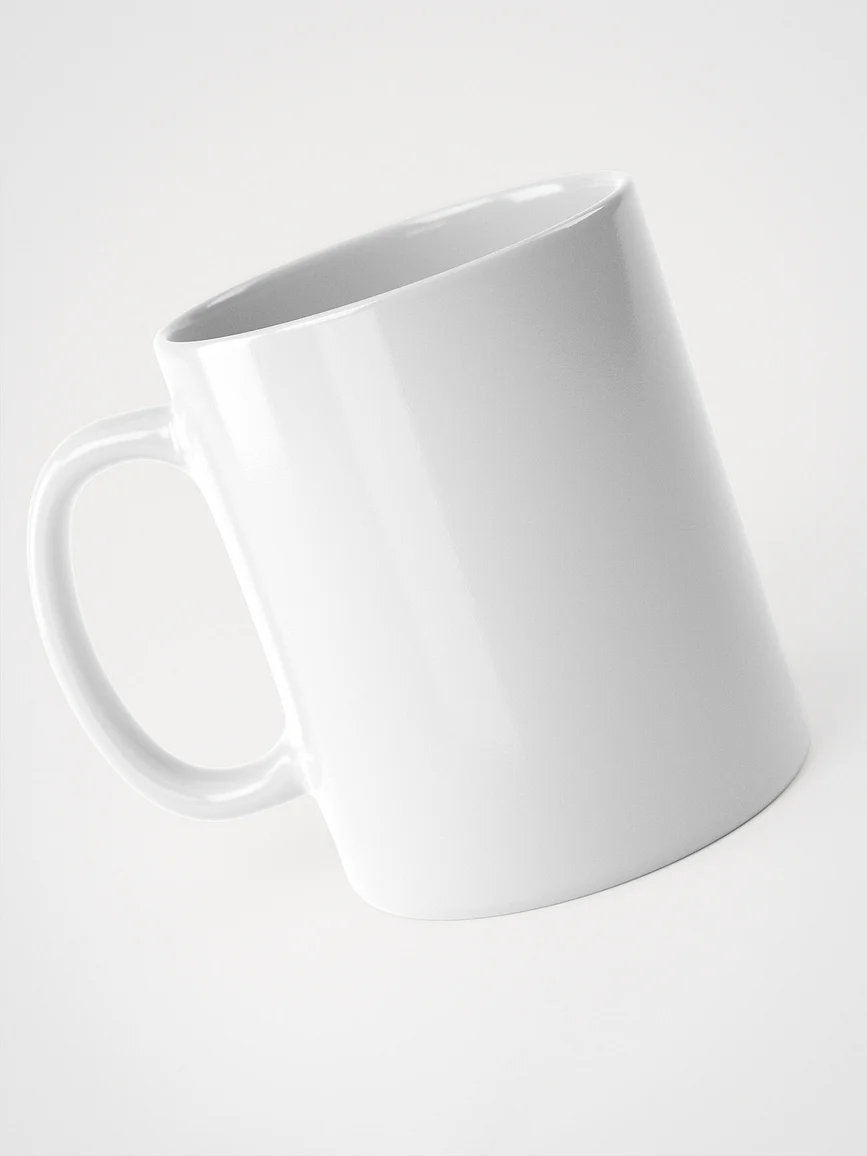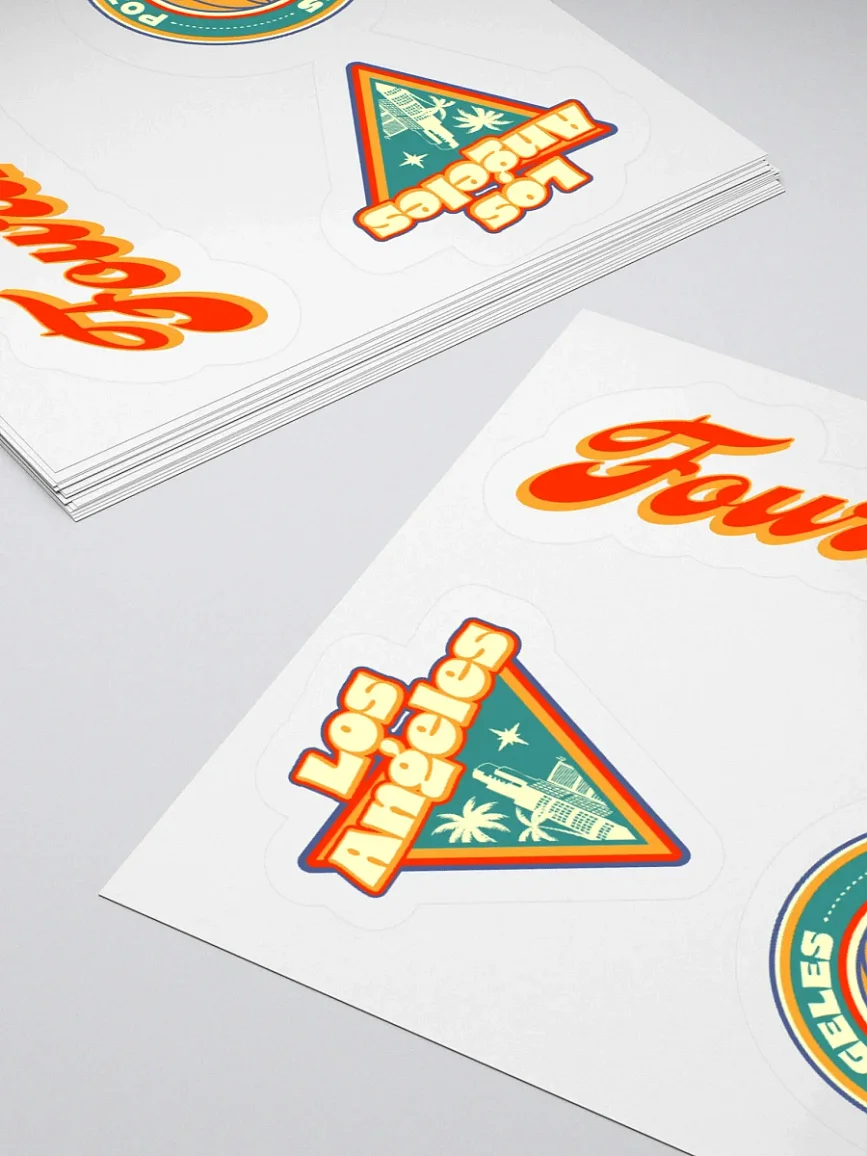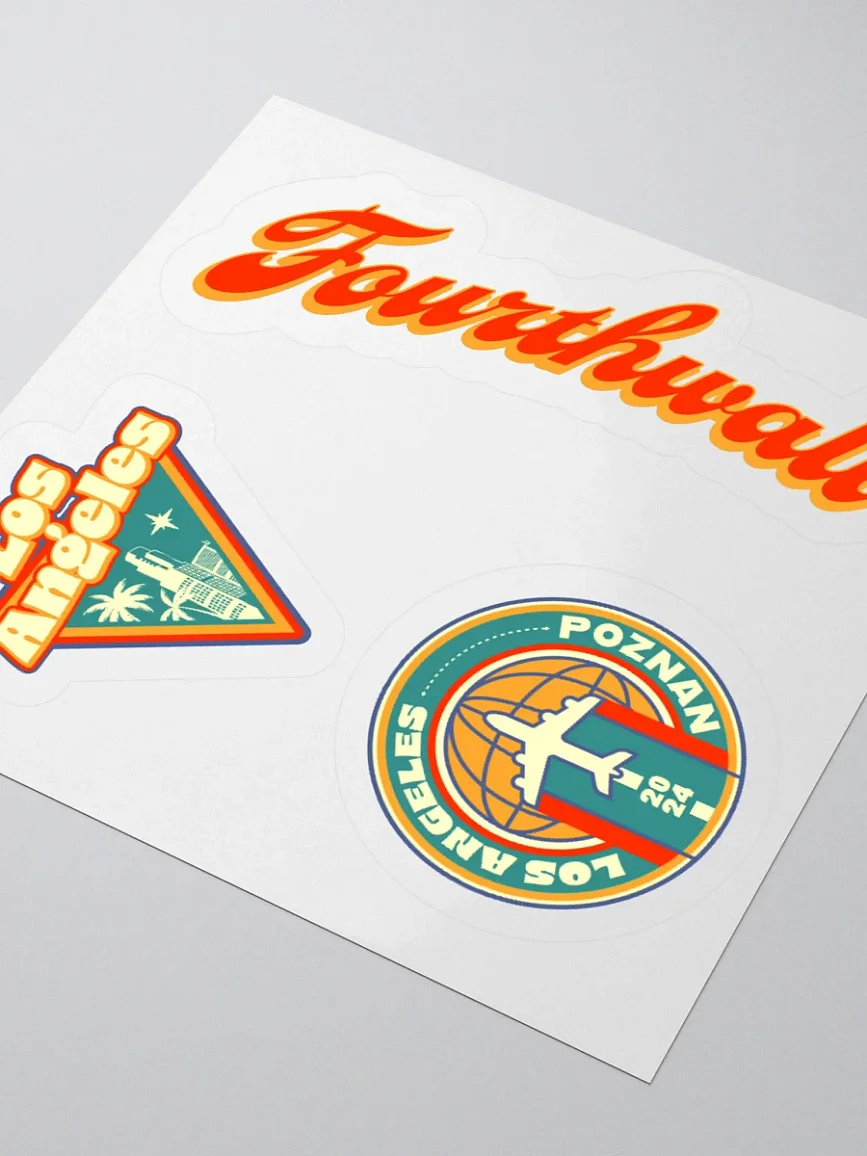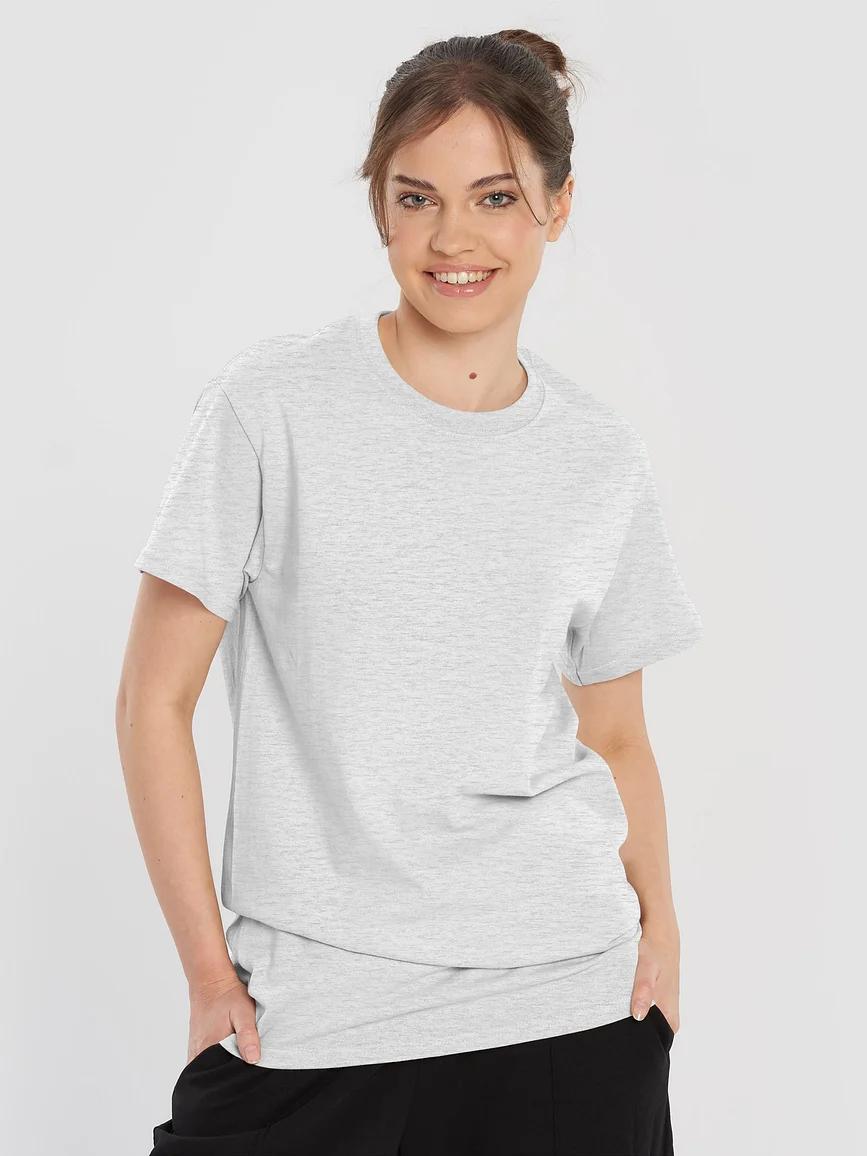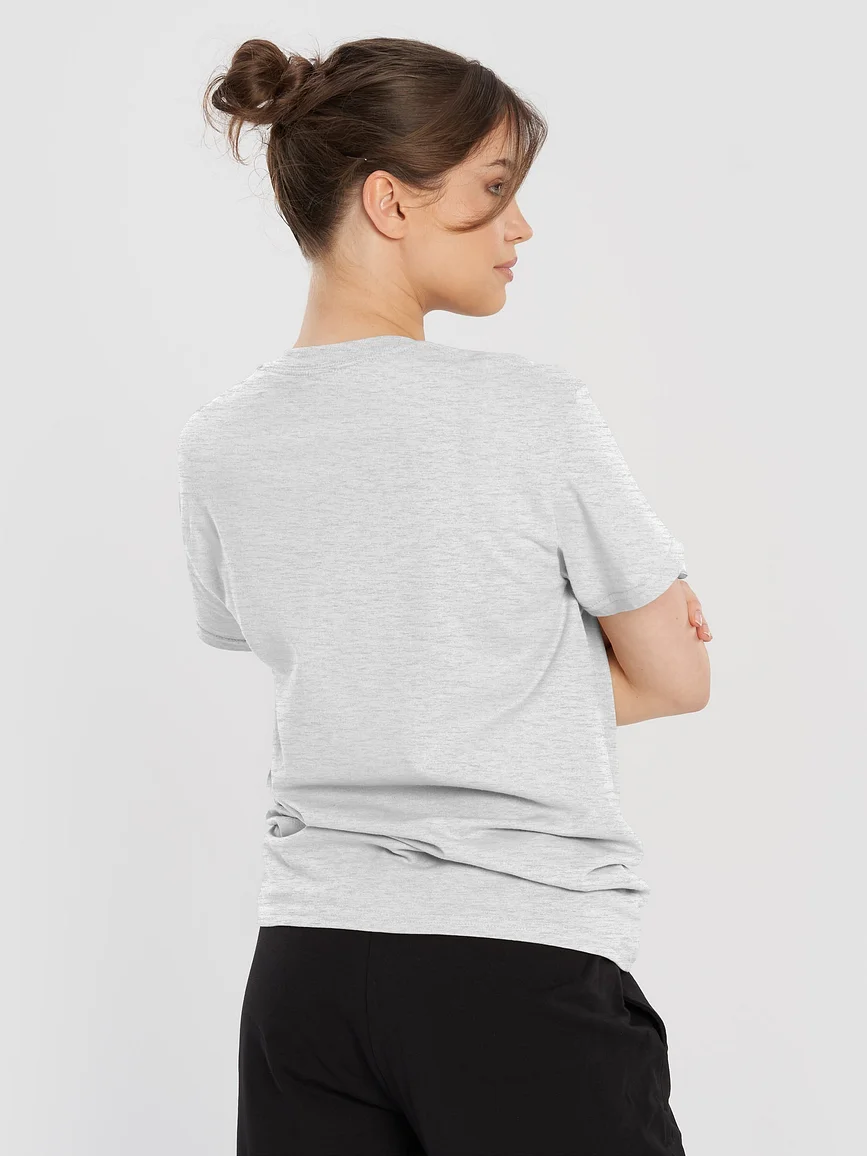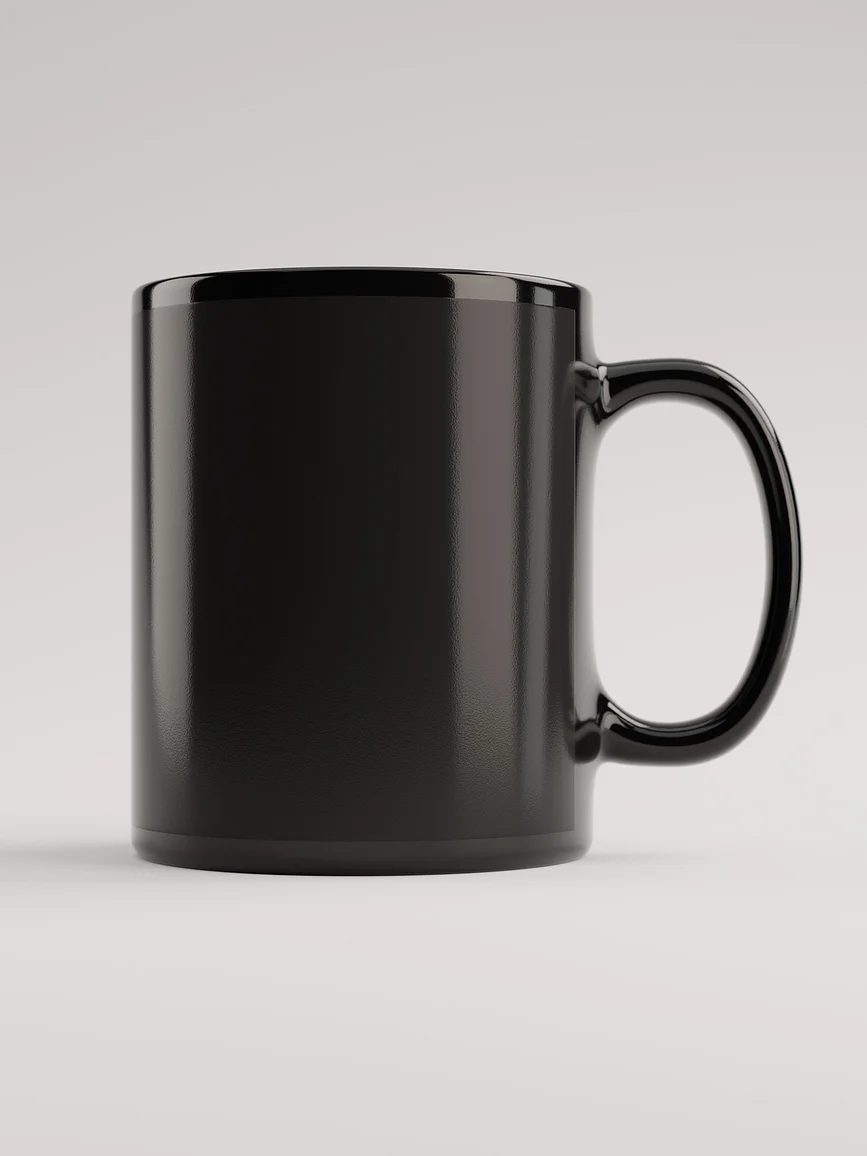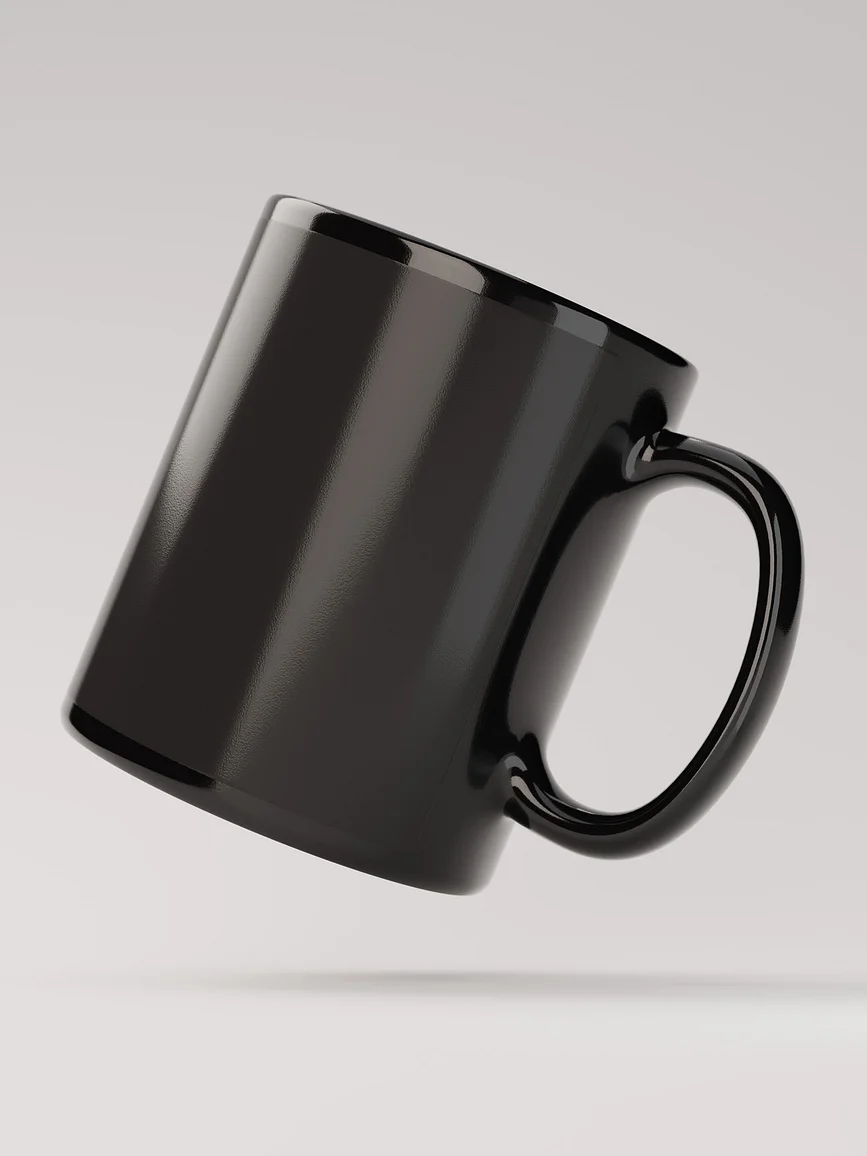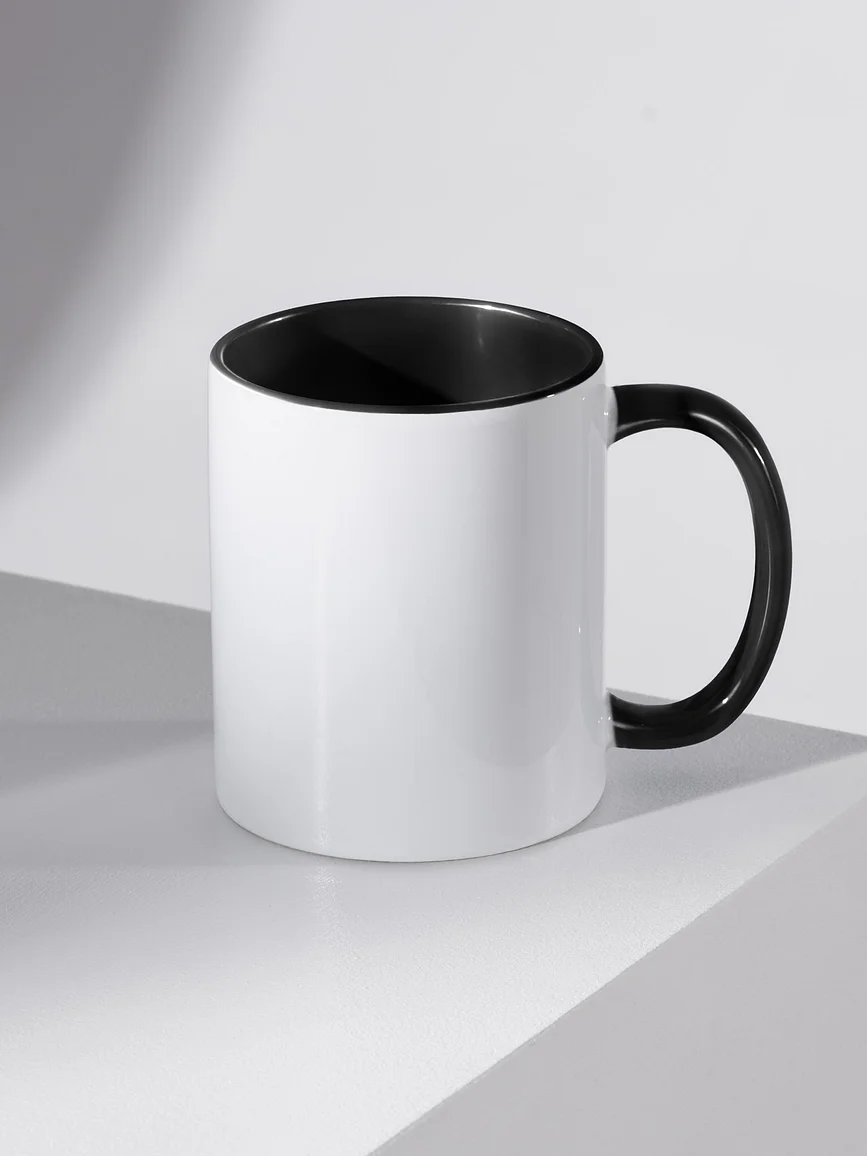The Ultimate Podcasting Equipment Guide for Content Creators
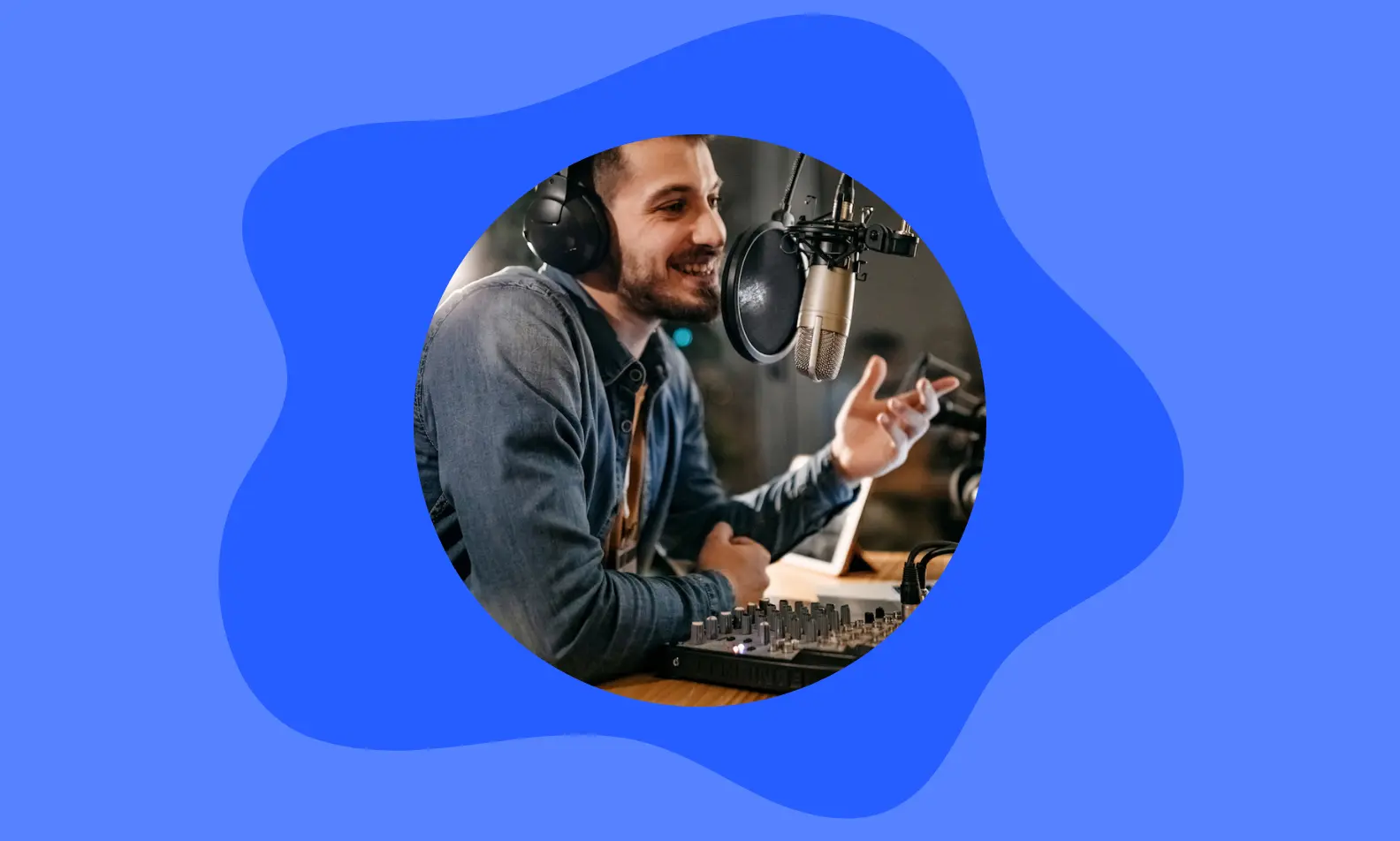
Looking to start your own podcast but don’t know where to begin? It’s no secret that podcasting has become increasingly popular over the years. The attraction of this medium resides in its limitless potential for creativity, providing an expansive platform to express thoughts, opinions, experiences, and expertise to a vast and diverse audience. Moreover, podcasting transcends mere expression; it presents an avenue for content monetization, allowing creators to turn their passion into a livelihood.
If you're looking to start your own podcast, then investing in the right equipment is crucial. Having the right gear makes a big difference in the quality of your content, and it shows your audience that you're serious about your craft. In this guide, we'll take you through the essential steps to set up your own podcast studio and explore all the necessary equipment needed to record your very first podcast.
How to Set Up Your Podcast Studio
Creating the right podcast studio is essential to your overall success. Before you load up on your gear, it's important to choose the right space for your studio and to understand how to properly set up your room for the best sound. Below are some steps to consider when setting up the perfect podcast studio.
- Choose the right space: Selecting the ideal space is crucial for optimal sound quality in your podcast recordings. Avoid large, echo-prone areas with hard surfaces like mirrors and windows.
Opt for a smaller, secluded room with soft surfaces such as carpeting, curtains, pillows, and upholstered furniture to absorb sound and reduce echoes. Ensure the room doesn't share walls with busy common areas, and be mindful of nearby appliances that may produce unwanted noise.
A sturdy table, preferably with a wood surface, will contribute to a stable recording environment. For beginners, a closet can be an excellent podcasting space due to its small size, isolation, and soft fabric. - Make sure your audio quality is excellent: It’s important to know the difference between soundproofing and sound treatment.
Soundproofing involves completely closing off your studio or room of unwanted noise and eliminating reverb. Though it's effective for blocking outside noise, the process can be daunting and pretty expensive.
However, focusing on sound treatment can be more cost-effective and helps podcasters control how sound is absorbed and diffused within the room. While professional-grade sound treatment options like acoustic panels, bass traps, and diffuser panels exist, you can save some money by putting up thick blankets on the walls and moving them around in order to achieve good audio quality.
Remember, introducing soft surfaces in any way possible is key to creating an acoustically friendly podcasting space.
5 Essential Podcasting Items Explained
If you’re not the most savvy with audio technology, it’s ok! Podcasting equipment is minimal and can be easy to learn. In this section, we'll take you through the main tools needed to record a podcast and the different options available to consider.
1. Microphones
The first essential item for recording a podcast is a microphone. A microphone captures your voice, and audio quality is critical when it comes to podcasting. When choosing a microphone, you'll need to decide between USB microphones and XLR microphones.
- USB Microphones: A USB microphone is a good entry-level microphone as it is easy to use and plug-and-play compatible with most computers. These mics come with built-in preamps and A/D converters, which means you'll get good sound quality without the need for additional gear. They are also affordable, typically ranging between $50 to $300.
- XLR Microphone: On the other hand, XLR microphones are professional-grade instruments that require additional gear, such as audio interfaces and mixers, to operate. These microphones offer higher sound quality but come at a higher cost. The price of XLR microphones ranges between $100 to $1,000.
- Dynamic and Condenser Microphones: These microphones are typically used for podcasters who want specific sound quality when recording. Dynamic microphones are good for general vocals that don’t need accurate and smooth reproduction, such as interviews, hosting, and live venues.
Condenser mics, however, are more sensitive than dynamic microphones and capture more background noise. Condensers often produce a warmer and brighter sound, which is why they are often found in recording studios. Though great in quality, both these microphones are considered pretty pricey, ranging anywhere from $100 to $1,700.
2. Headphones
Headphones are another essential item needed when recording a podcast. They help monitor the audio quality and prevent unwanted noise. Good headphones should be comfortable to wear and provide excellent sound quality. When choosing headphones, it is crucial to consider a pair of headphones with a built-in microphone. Here are some good options to consider:
- Sony MDR-7506: These headphones stand out as a top choice among podcasters for their exceptional features and performance. With a closed-ear design, neodymium magnets, and 40mm drivers, these foldable headphones deliver crisp and clear sound, making them ideal for podcast recording. Priced at less than $100, they offer durability, excellent noise isolation, and comfort during extended recording sessions, making them a valuable investment for podcasters on a budget.
- Superlux HD 681: An excellent choice for podcasters who are starting on a budget. Priced at less than $50, these headphones boast a semi-open design for a more realistic sound experience and feature a self-adjusting headband for enhanced comfort. However, it's important to note that their semi-open design may result in sound bleed, making them unsuitable for recording, but they offer great value for other podcasting needs.
- Shure SRH840A: Though a little on the pricey side, these headphones stand out as a versatile home studio staple. With proprietary 40mm neodymium drivers and a wide frequency response of 5 Hz–25 kHz, these closed-back, circumaural headphones are ideal for both audio production and recording. Their flat response makes them suitable for mastering use, ensuring accuracy in your podcasting sessions, while their collapsible design adds convenience to their overall appeal.
3. Pop filters
Pop filters act as a screen placed in front of a microphone to eliminate the disruptive "popping" sounds caused by air being blown into the microphone. This usually occurs during speech when speakers breathe in the direction of the microphone or pronounce the letters “p” and “b” in particular.
Available under various names such as windscreen or foam ball for hand-held mics, it is essential to choose a large and adjustable pop filter to effectively block airflow from different angles and maintain optimal audio quality. Pop filters are also generally very affordable and go as low as $8, but if you want to shelve out the money for good quality filters, they can cost you anywhere from $15 to $50.
4. Mixers
Mixers help to adjust audio levels, and it is essential to invest in a mixer that produces high-quality sound. Simple mixers with a few channels cost around $50 to $200, while bigger mixers with more channels can cost up to $1,000. Beginners can also make use of digital audio interfaces and mixers built into recording software.
Choosing the best mixers for your podcast becomes apparent when recording multiple audio sources simultaneously, offering instant feedback and tactile control over audio levels. While beginners can utilize digital audio interfaces and mixers integrated into recording software, having a dedicated hardware mixer provides increased control, flexibility, and efficiency when recording.
5. Audio interfaces
An audio interface is an external sound card that helps in converting analog audio signals into digital audio signals, which can be heard on your computer. While less complex than mixers, audio interfaces offer efficient functionality within a compact space, catering to the needs of many podcasters.
When selecting an audio interface, podcasters should evaluate the number of in-studio microphones needed, ensuring ample input for potential co-hosts or guests. It's also important to consider the range of audio interfaces available, from basic single-input/output devices to advanced models with multiple inputs and outputs, allowing podcasters to choose based on their specific requirements. Most decent audio interfaces typically cost between $100 to $500.
Equipment for Video Podcasts
If you're planning on recording a video podcast, then there are additional equipment requirements, such as cameras, tripods, lighting equipment, and green screens. We'll explain each in more detail below.
Cameras
Cameras can make or break the quality of your video podcast, making it the most fundamental tool in your arsenal. Investing in a quality camera is crucial for achieving crisp and professional-looking videos. While smartphones boast decent cameras, opting for a dedicated DSLR or mirrorless camera enhances your flexibility with settings, lens choices, and overall video quality, elevating the visual appeal of your content.
Tripods/Mounts
Tripods and mounts ensure that your camera is stable and secure while recording. Selecting the right tripod for your video podcast is crucial, as these accessories play a pivotal role in achieving stability and precise framing for your content. Tripods and mounts eliminate the pitfalls of shaky footage caused by handholding, ensuring a professional and polished look for your videos.
There are various types available, including tripod stands with adjustable legs, boom arms for overhead shots and versatile positioning, and GorillaPods with flexible, gripping legs for creative mounting options in different shooting environments.
Lighting equipment
Good lighting is essential to ensure that your video quality is high and your podcast looks professional. It can also set the mood and atmosphere of your content by creating a warm or dramatic effect.
When choosing lights, consider color temperature to match the desired mood, and pay attention to the angle and positioning of the key, fill, and backlight to achieve the right balance for your specific setup. Whether you’re using softbox lights for a diffused and flattering glow, ring lights for even illumination, or LED panels for energy efficiency and adjustability, good lighting ensures clarity for your viewers and enhances the overall visual quality of each episode.
Podcast Recording and Editing Software
In addition to the essential hardware needed to record a podcast, you'll also need software to record and edit your audio. Here’s a list of some of the best recording and editing software options you can download on your computer or laptop.
GarageBand
GarageBand is a free software that comes pre-installed on Apple computers. It offers an easy-to-use interface that is ideal for beginners. GarageBand is a good choice for podcasters who don't need advanced editing functionalities. It includes features such as multi-track recording, audio effects, and MIDI keyboard support.
Audacity
Audacity is a free and open-source audio editing software available for Windows, Mac, and Linux. It is one of the most popular options for podcasters due to its user-friendly interface and powerful editing capabilities. Audacity allows for multi-track recording, editing, and mixing. It also provides users with several audio effects and supports plugins.
Reaper
Reaper is a digital audio workstation available for Windows and Mac. It is ideal for intermediate to advanced users due to its extensive capabilities. Reaper is customizable and offers unlimited multi-track recording. It includes advanced audio effects and supports plugins. Reaper also offers real-time processing and supports multi-channel audio interfaces.
Hindenburg
Hindenburg is a software designed explicitly for podcasters, journalists, and radio producers. It includes advanced features such as automatic level adjustment, clip repair, and dynamic mixing. Hindenburg also offers an automatic tagging feature that makes it easy to find and organize your audio files.
Adobe Audition
Adobe Audition is a professional-grade audio editing software that offers advanced features suitable for podcasting. It includes multi-track recording, editing, and mixing functionalities. Adobe Audition also provides a broad range of audio effects and supports third-party plugins. It works on both Windows and Mac systems.
Logic Pro X
Logic Pro X is an advanced digital audio workstation available only on Mac. It is ideal for those who demand high-quality audio. It includes multi-track recording, editing, and mixing features. Logic Pro X also provides powerful MIDI editing and automation functionalities. It includes advanced audio effects and supports third-party plugins.
Gear Up Your Podcast with Fourthwall
Fourthwall is an all-in-one eCommerce platform ideal for content creators. It enables creators to launch their websites, sell related merchandise, and offer memberships to their audience. It's a great way to engage with your audience and earn a living from your podcast. Join Fourthwall now to learn more!

